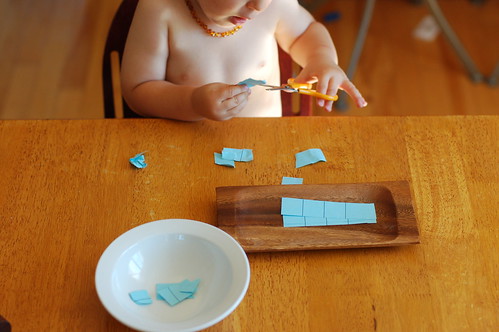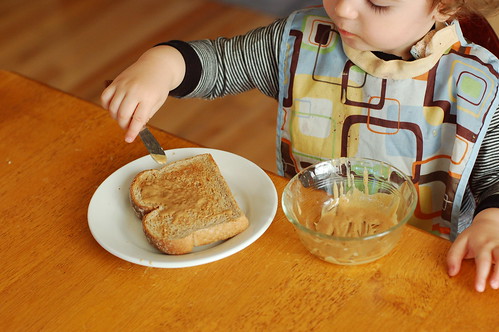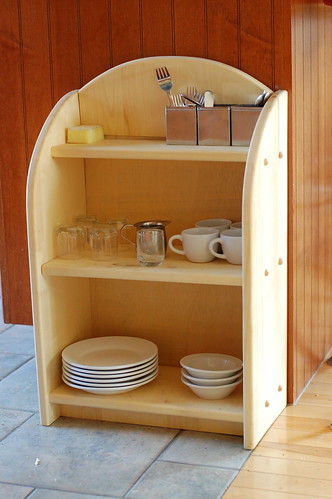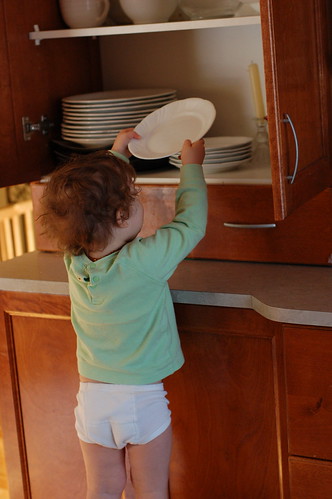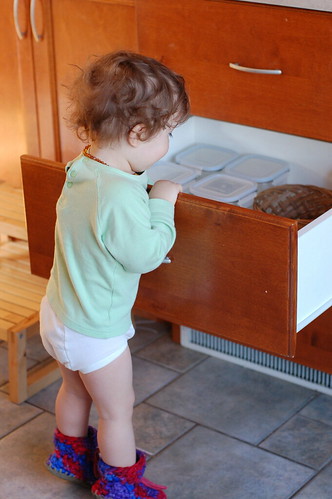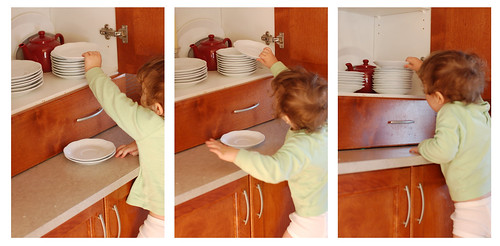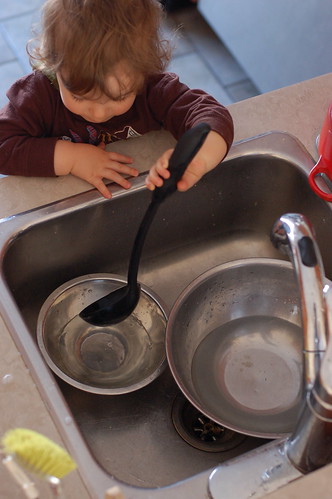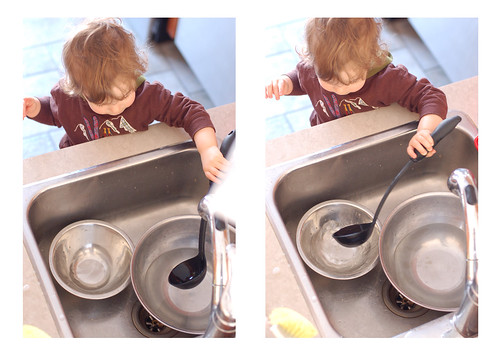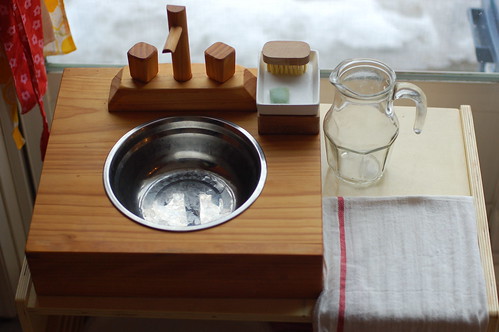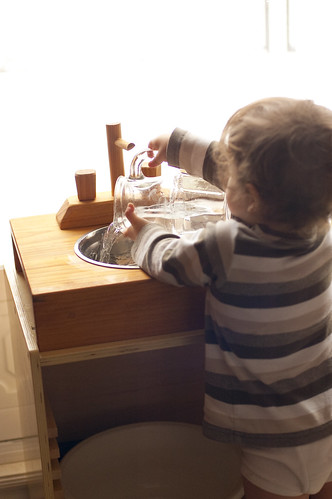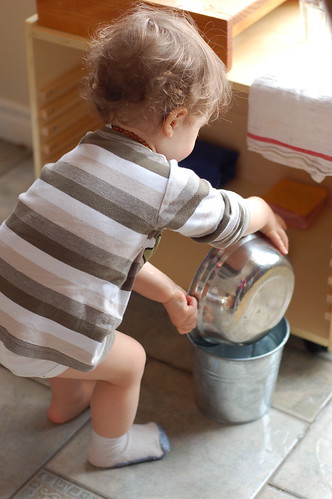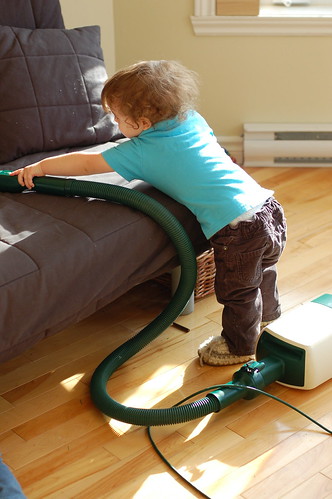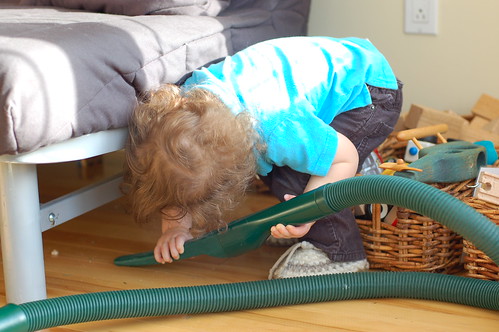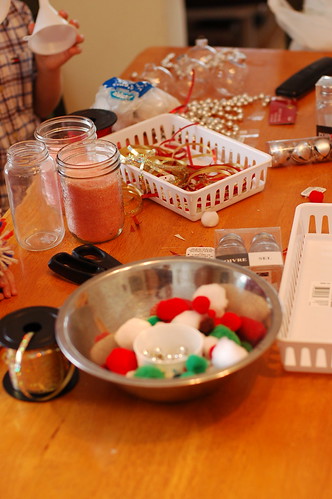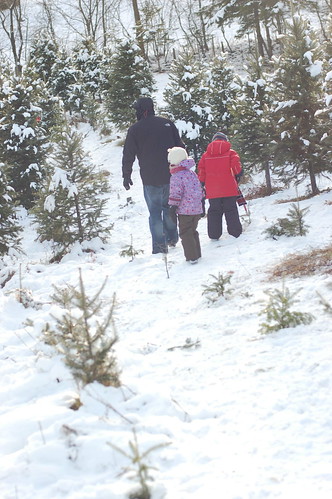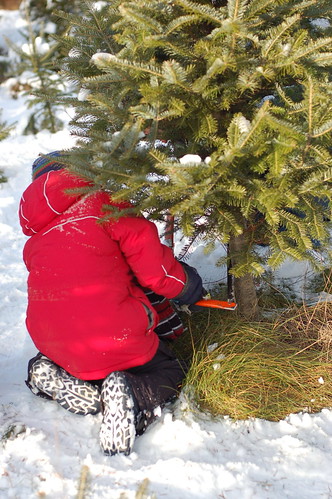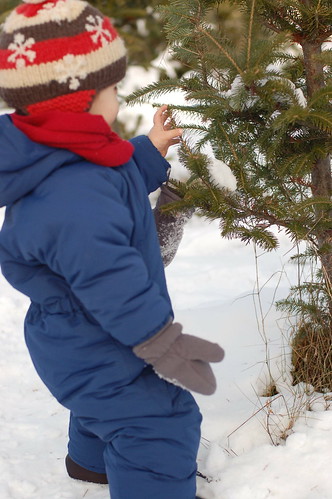Oh, we have been and still are busy lately! Planning for homeschooling and using in part the Montessori method does take... loads of... time.
For the last week, I have been printing and cutting, and cutting some more. And of course, E, that has already been interested for a while in cutting is more then happy to follow along.
I have set up a special cutting tray for him that have put in his reach. I fill a new stack of paper cutting pieces almost everyday now. (I use this file)
I have showed him that cutting should only happen while sitting at the table. He carries his tray, sits, and then happily cuts away.
There are many scissors on the maker for young children. In my opinion, you want to avoid the ones that springs open after the child has pressed the handles. Re-opening the scissors is a tedious task to learn, but it is very rewarding for the child, and is very good for fine motor skills, which leads to good handwriting.
For a young child you want scissors
- that do cut well. Scissors that are dull or not sharp enough are frustrating to about anybody that uses them, so imagine a young child learning on top of it.
- that have rounded tips
- that are sized for a child's hand
- that are not too heavy, but yet rest well in the hand
- and soft handles is helpful for little fingers.
The scissors that E is using are my sister's old school scissors. They are not small enough for my taste, but E clearly seems to be a lefty, and so is my sister. So it is the best pair that I have found so far for left handed child. I am still on the lookout for a good left handed child size scissors, so stay tuned for a post on that when I finally find something I am happy with.
Cutting at this age requires all of the child's attention, so having everything prepared before hand and layout the same way really helps the child focus on the actual task of cutting.
Do you know of any good left handed scissors for children? If so, leave me a comment!




